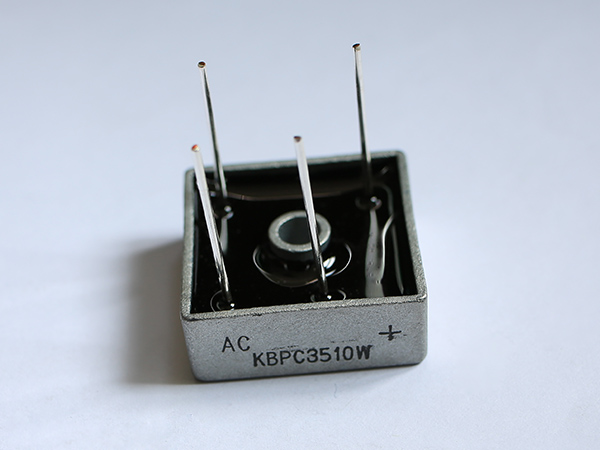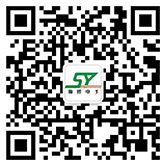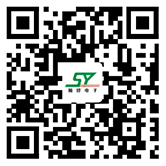Published time:2022-06-28 traffic:
The main parameters of the triode are divided into three types, i.e. AC parameters, DC parameters and limit parameters, which are described below:
AC parameters
Common emitter AC amplification factor β= △ IC / △ IB, where △ IB is the change amount of IB, the change amount corresponding to IC when △ IC, triode β The value is generally between 20 and 100.
Common base AC amplification factor α= △ IC / △ ie is approximately equal to ≈ 1.
DC parameters
Common emitter DC amplification factor β= IC/Ib
Collector base reverse cutoff current Icbo, ic = 0, collector current when a specified reverse voltage is applied between the base and collector. The smaller the ICB, the better the quality of the collector junction of the transistor.
Collector Emitter reverse cut-off current ICEO (penetration current), when IB = 0, the collector current between collector and emitter at the specified reverse voltage. The smaller the CEO, the better.
Limit parameters
The maximum allowable current ICM of the collector and the IC value of the collector exceed a certain limit β The value will drop when β The IC value falling to 1 / 2 ~ 2 / 3 of the rated value is called ICM, and it is not allowed to exceed ICM during normal operation.
Breakdown voltage between collector and emitter buceo: refers to the breakdown voltage between collector and emitter when the base is open.
The maximum allowable dissipation power of the collector, PCM: since the collector junction is in reverse connection, the resistance is large. When the current flows through the collector junction, the collector junction will generate heat. In order to make the temperature of the collector junction not exceed the specified value, the power dissipated by the collector electrode will be limited. Generally, PCM ≤ ICUCE should be made.

Jiangsu Shunye Electronics Co., LTD
Company address:No. 18, Changfeng Road, Rulin Industrial Park,Jintan District, Changzhou City, Jiangsu Province, China Wechat
Wechat
 Mobile station
Mobile station